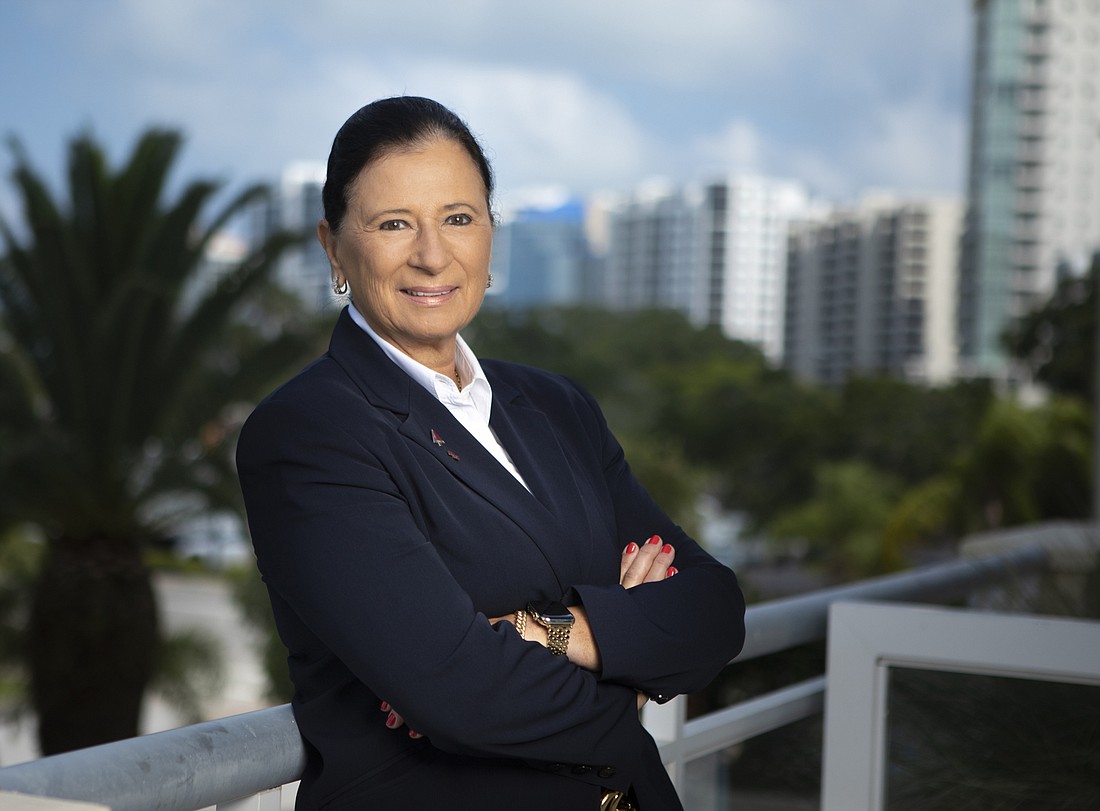- December 13, 2025
-
-
Loading

Loading

The Florida legislature’s unanimously approved condominium safety regulations are raising fears that a provision in the law could place too big of an onus on individual unit owners — particularly those in lower or fixed income brackets — who could be forced into foreclosure because they are unable to pay higher fees to meet the new law’s requirements.